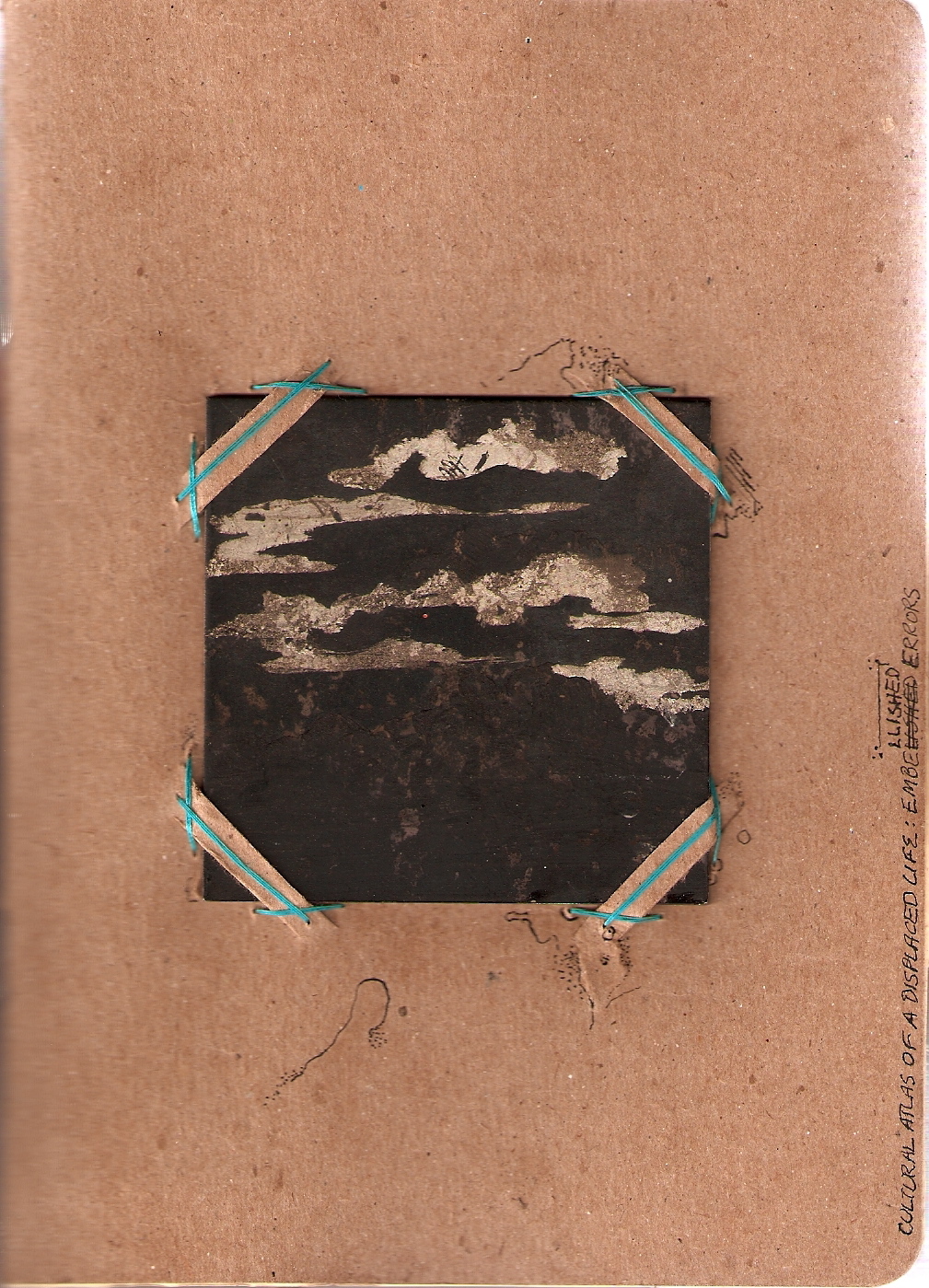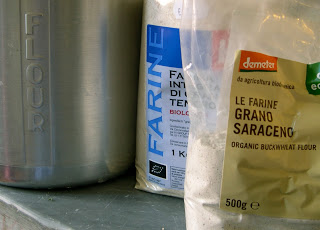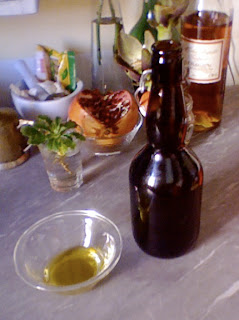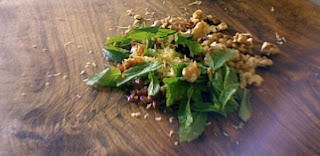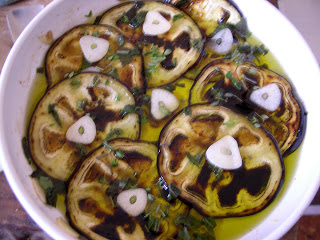Gâteau à l’orange or The French know their cake:
Years ago my mother gave me this cook book. It’s a first edition from 1950 of French recipes by Mme. Germaine Carter. Of interest for the story of how it was compiled as for the recipes themselves; Mme. Carter, her husband (the British consul at Boulogne) and Mr. Rapp (British ambassador to Mexico) were interned together in Brandenburg during WWII and passed much of the time discussing French cooking and compiling this book.
Easy and delicious:
Although there are many things in this book that I will probably never make – say, Calf’s Brains with Cream Sauce or Lark Pâté – I have found that the recipe for mayonnaise is stupendous and, like the two cake recipes I use again and again, easy to follow with reliable results. First take a look:
 |
| Mme. Germaine Carter’s Gâteau à l’orange |
Looks good, yes! Here’s the recipe:
4 eggs beaten
2 cups sugar
3/4 cups milk
3 cups sifted flour
4-1/2 tsp. baking powder
1 tsp. salt
grated peel of 2 oranges
juice of 1 orange**
1 cup butter
Beat the eggs wit the sugar; add a little milk. Sift the flour wit the baking powder and salt. Add milk and flour alternately, beating well. Add the orange peel and juice of 1 orange then the butter. Beat well and pour into 2 greased loaf pans. Bake in a moderate oven (350ºF / 180ºC) for 40 min. Remove from the pan to a cooling rack.
It is in fact, as easy as it sounds. My only modifications have been to bake the whole shebang in a large sheet cake pan and to check it after 35 min. She follows this recipe with another for ‘orange syrup’ which uses the juice of the second orange, another cup of sugar and a 1/2 cup of water; however, I’ve only done that once. The cake is quite ‘orangey’ enough without and my whole family loves it ‘as is’ with no icing or with sweetened whipped cream and fresh strawberries as in the photo. It does make a lot of cake so it’s perfect for a party, the layer cake you see in the picture is what I made with the 1/3 that was left over the second day after the other 2/3’s had been devoured ;).
Hope that you all enjoy Mme. Carter’s Gâteau à l’orange as much as we do.
**This is one recipe in which those beautiful Italian ‘blood’ oranges are not recommended unless you want your cake to turn a bluish-grey! The beautiful hot pink juice of these oranges is Ph reactive and will change color when it combines with the baking powder
